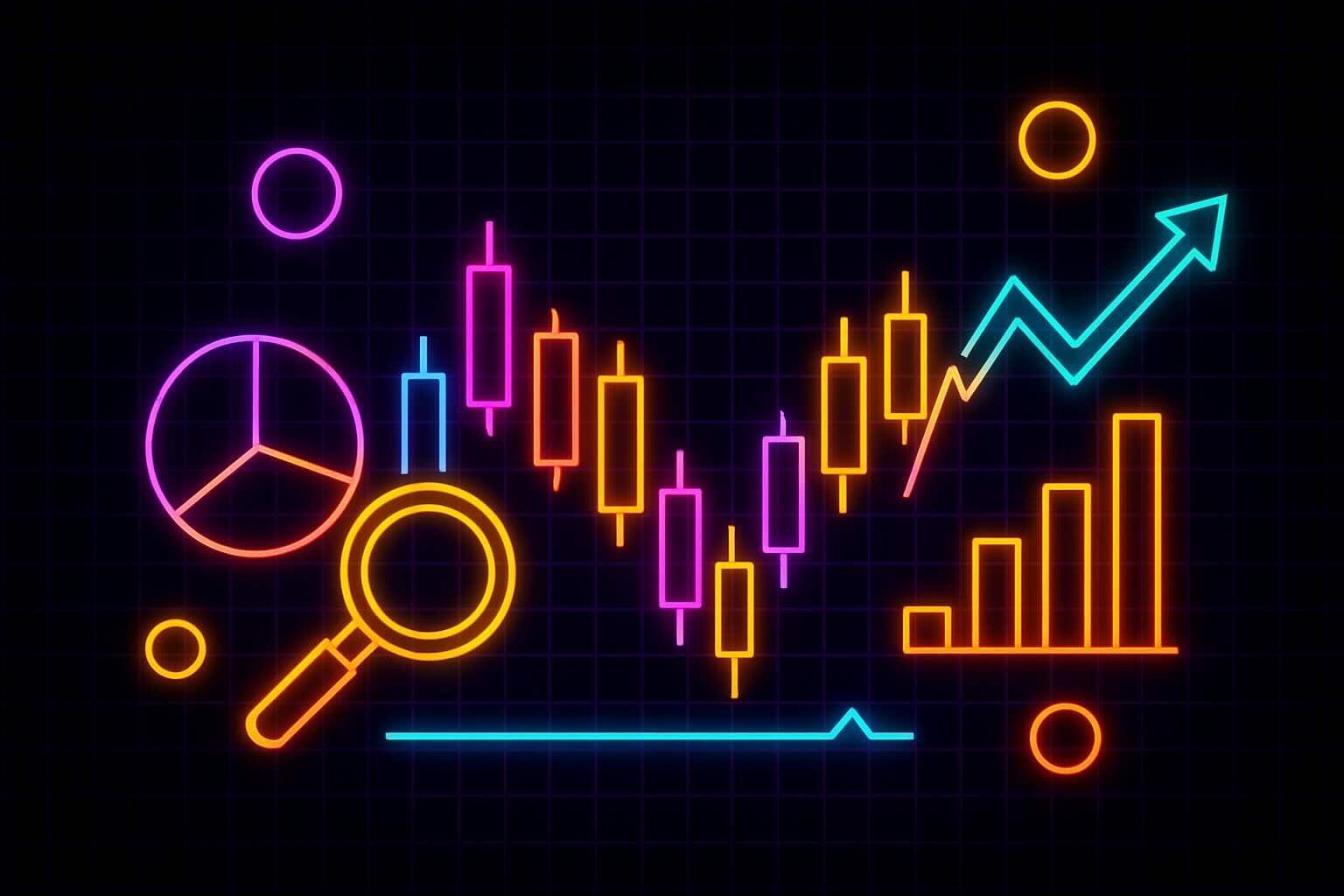
Losses stack for a simpler reason: the behavior under price isn’t visible. Fake strength, shallow depth, crowded exits—signals you feel too late. The chart moves; the plan never forms.
Here you’ll read what sits beneath price—liquidity, volume, volatility—and apply technical analysis where it matters: time entries, plan exits, and set a clean “I’m wrong here.” You’ll size by rule so red days stay small and green days stick.
This path turns motion into information. You’ll know when a move is strong enough to lean on, when to stand down, and how to keep wins without giving them back—a routine you can run on loud days, not just good ones.
Markets don’t blow up accounts. Structures do — or the lack of them.
This course turns “I hope this works” into rules you can run on tired days and bad weeks.
You’ll stop guessing which coins “diversify” you and actually map the plumbing behind them. You’ll build trades in steps with clear invalidation and real reward-to-risk. You’ll size positions by formula so three losses aren’t a wipeout, and you’ll rebalance on a schedule so winners don’t drift you into danger. You’ll also learn simple protection moves before/after shocks — and how to measure results in R so you know, not hope.
What you gain isn’t just safety — it’s a keel: bad weeks stay small, good weeks don’t make you fragile, and your rules outlast your mood.
Most traders look at price and miss the system beneath it. That’s why they get surprised when markets slip, stall, or collapse.
This course shows you how to read the market as an architect — not a spectator. You’ll learn how liquidity, volume, and stability actually hold price in place. You’ll see how market cap and real supply change the weight of every move. You’ll understand why slippage and fees reveal the truth about structure, and you’ll build the resilience to hold your ground when volatility tests you.
What you gain isn’t prediction — it’s structure. A framework that shows you when the market is strong enough to trust, fragile enough to avoid, and exactly how to adapt before pressure turns into loss.
Most people stare at charts and guess. They chase moves, buy too late, sell too early, and have no idea where they’re wrong. Without a system, every trade feels random — more like gambling than learning. And when you can’t explain why you entered or exited, you can’t improve.
This course shows you how to read a chart like a map: where a move can continue, where it’s likely to pause or reverse, and when you should act—or wait. You’ll use simple, repeatable checks so every trade has a reason to enter, a place to exit, and a clear “I’m wrong here” line.
Why this matters - Instead of guessing, you’ll have a clear routine: mark levels → wait for alignment → size to conditions → exit on plan. The noise becomes a map. The chart makes sense. And your trades start to feel deliberate instead of lucky.